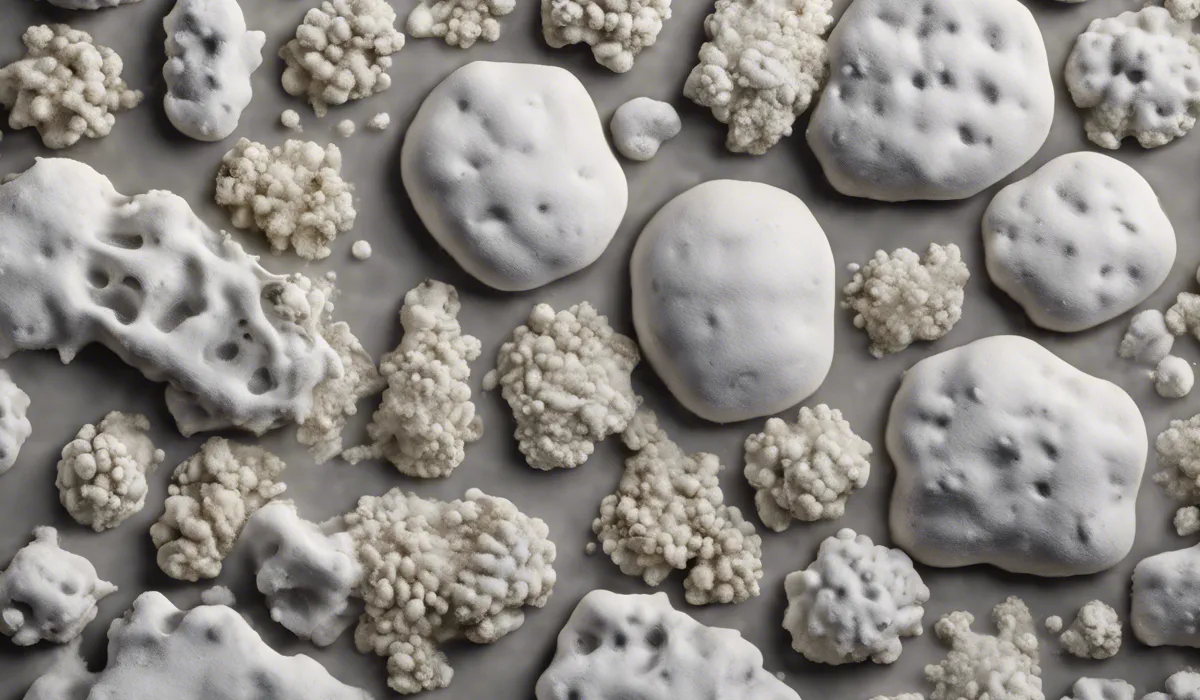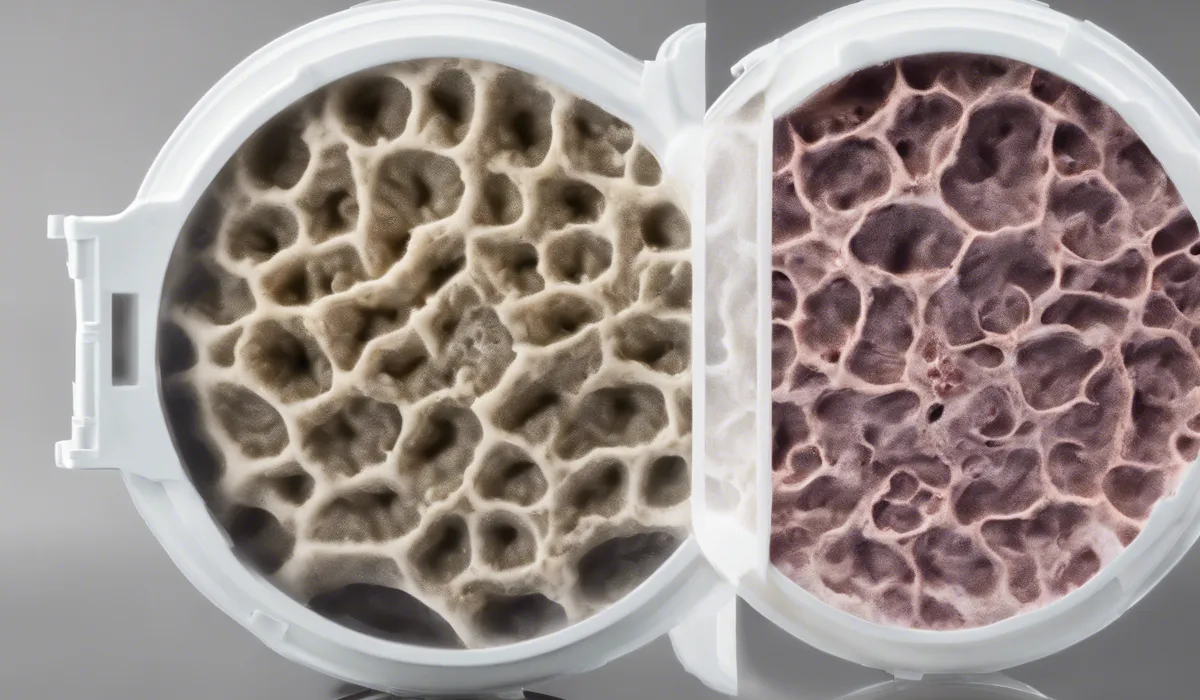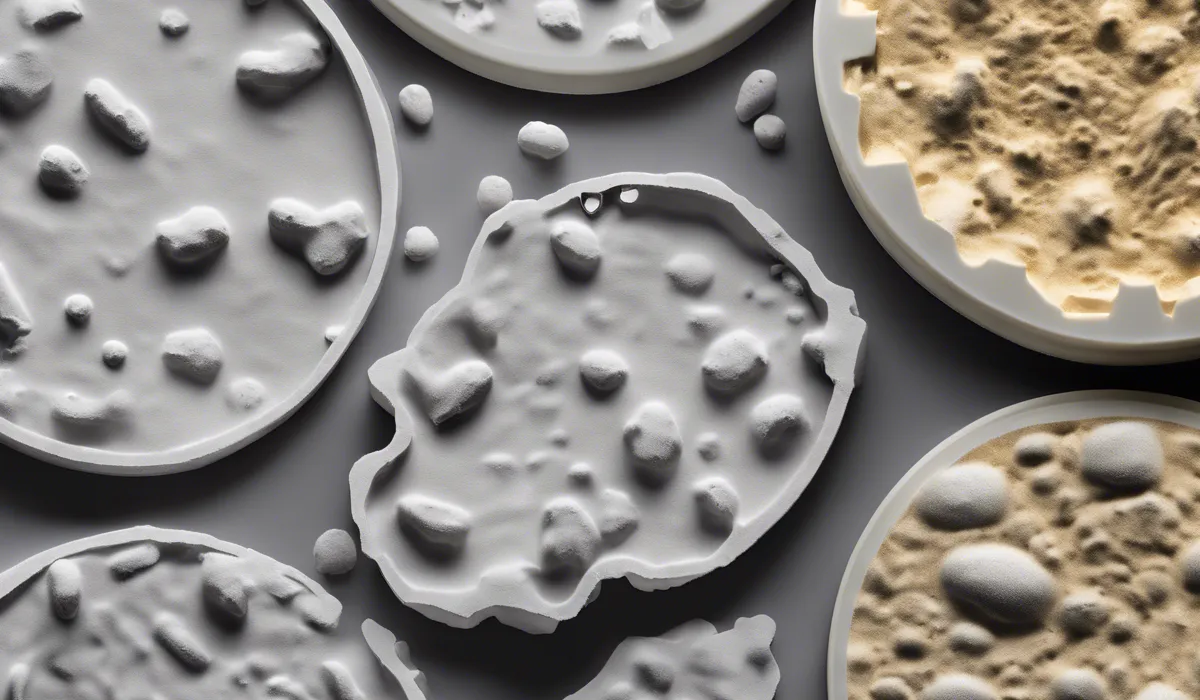Several molds, such as Aspergillus, Fusarium, and Penicillium, produce mycotoxins. These toxic compounds can contaminate food and pose health risks. Common mycotoxins include aflatoxins, ochratoxin A, and trichothecenes.
Types of Molds That Produce Mycotoxins

Aflatoxin-Producing Molds
Aflatoxins are among the most potent carcinogens known to science. They are primarily produced by Aspergillus flavus and Aspergillus parasiticus, molds that grow on a variety of food products, particularly grains and nuts.
Aflatoxin contamination can occur in the field, during storage, or if the conditions are warm and humid, which are ideal for mold growth.
Regularly monitoring toilet flange sizes in facilities can help prevent water leakage that may create damp environments conducive to these molds.
Ochratoxin-Producing Molds
Ochratoxin A is another mycotoxin produced by molds such as Aspergillus ochraceus and Penicillium verrucosum.
It is commonly found in stored grains, coffee beans, and dried fruits. Ochratoxin A has been associated with kidney disease and has the potential to cause cancer.
Controlling the ceiling box size in storage areas can help maintain proper ventilation, reducing mold proliferation.
Trichothecenes-Producing Molds
Trichothecenes are a group of mycotoxins produced by molds such as Stachybotrys chartarum, also known as black mold.
This type of mold can grow on water-damaged building materials and is infamous for its presence in damp buildings.
Exposure to trichothecenes can cause serious health effects such as skin irritation and immunosuppression.
Ensuring proper 2500 reel sizes for industrial dehumidifiers can help control indoor moisture levels.
Fumonisins-Producing Molds
The Fusarium genus, particularly Fusarium verticillioides, produces fumonisins, which are most commonly found in corn and corn-based products.
Fumonisins are toxic to animals and have been linked to diseases in humans, including cancer.
Implementing good agricultural practices, such as selecting the right Alaska cruise binoculars to inspect crops, can aid in early detection of mold growth.
Zearalenone-Producing Molds
Zearalenone is a mycotoxin that mimics the hormone estrogen and is primarily produced by Fusarium graminearum.
This mold affects cereals such as wheat, barley, and oats. High levels of zearalenone can lead to reproductive problems in livestock and potentially affect human health.
Farmers can mitigate risks by using the appropriate birding binoculars to check for signs of mold in their fields.
Patulin-Producing Molds
Patulin is a mycotoxin produced by Penicillium expansum, a mold that grows on apples and other fruits.
While patulin is less toxic than other mycotoxins, it can still pose a health risk, particularly when ingested in large amounts.
Proper fruit handling and storage techniques can greatly reduce the risk of patulin contamination.
Health Effects of Mycotoxins

Acute Toxicity and Immediate Health Effects
Mycotoxins can cause acute health effects such as poisoning, which may manifest as gastrointestinal disturbances, including nausea, vomiting, and diarrhea.
These symptoms can appear quickly after exposure to high levels of mycotoxins. Immediate medical attention is crucial to manage acute mycotoxin poisoning.
Chronic Health Effects
Long-term exposure to mycotoxins may lead to chronic health issues such as immune deficiency, cancer, and neurological disorders.
Regularly consuming food contaminated with mycotoxins can lead to the accumulation of these toxins in the body, resulting in serious health consequences over time.
Vulnerable Populations
Infants, the elderly, and individuals with compromised immune systems are particularly vulnerable to the effects of mycotoxins.
These groups may experience more severe health issues compared to the general population when exposed to mycotoxins, due to their reduced ability to detoxify and eliminate these compounds.
Exposure Routes and Their Implications
Exposure to mycotoxins can occur through ingestion, inhalation, or dermal contact. Each route of exposure carries its own set of risks, and understanding these can help in preventing and managing mycotoxin-related health issues.
The ingestion of contaminated food is the most common exposure route for mycotoxins.
Prevention and Control of Mycotoxin-Producing Molds

Agricultural Practices
Implementing good agricultural practices such as crop rotation, proper irrigation, and timely harvest can greatly reduce the risk of mycotoxin contamination.
By minimizing the conditions that favor mold growth, farmers can prevent the production of mycotoxins on crops.
Food Storage and Processing
Proper food storage and processing techniques, such as controlling moisture and temperature, are critical in preventing mycotoxin contamination.
Detection and removal of contaminated products before they reach consumers are essential steps in ensuring food safety.
Environmental Controls
Managing indoor humidity and ventilation can prevent the growth of mycotoxin-producing molds in buildings.
Use of dehumidifiers, proper HVAC maintenance, and prompt repair of water leaks are important measures to keep indoor environments safe.
Regulatory Standards and Guidelines
Governments and international organizations have established regulatory standards and guidelines for acceptable levels of mycotoxins in food and feed.
Adherence to these regulations protects public health by limiting exposure to these toxic compounds.
FAQs About Molds Producing Mycotoxins
Which molds are known to produce aflatoxins?
Several species of Aspergillus, such as Aspergillus flavus and Aspergillus parasiticus, are known to produce aflatoxins.
What types of mycotoxins does Fusarium mold produce?
Fusarium molds can produce several types of mycotoxins, including fumonisins and trichothecenes.
Can Penicillium mold produce mycotoxins?
Yes, some Penicillium species produce mycotoxins like ochratoxin A and patulin.
Are there any health risks associated with ochratoxin A?
Ochratoxin A can pose health risks such as kidney damage and has been classified as a possible human carcinogen.
What are trichothecenes, and which molds produce them?
Trichothecenes are a type of mycotoxin produced by Fusarium species, and they can cause serious health effects such as immune suppression and alimentary toxic aleukia.
Final Thoughts
Several molds, notably Aspergillus, Fusarium, and Penicillium, are known for producing harmful mycotoxins.
These substances, including aflatoxins, ochratoxin A, and trichothecenes, can contaminate food supplies and present significant health risks to humans and animals upon exposure.
